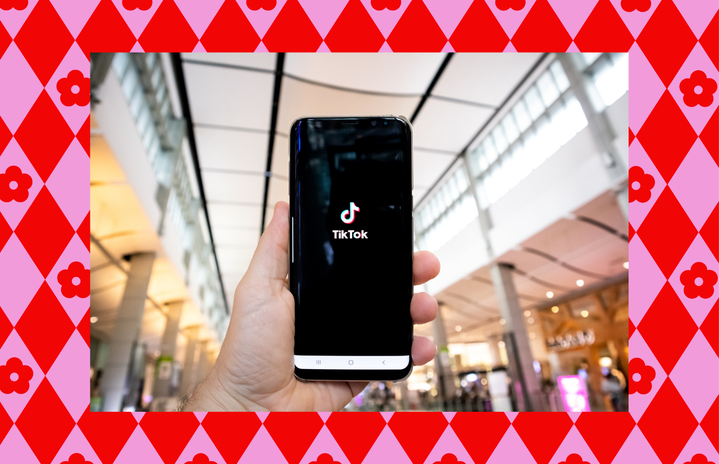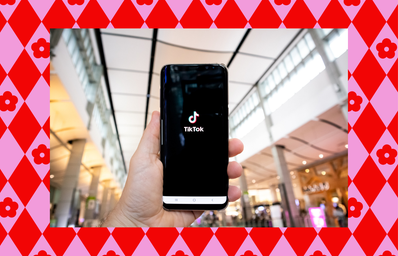Believe it or not, there was a time when people got their news from either a newspaper or a news reporter on TV; this was the only way people were updated about the world around us. Flash forward to today, we still have newspapers and news stations, but it appears that younger generations get most of our information from TikTok or another form of social media. It is interesting to see how we underwent this societal shift and it is also important to acknowledge it.
As we know, TikTok works based on an algorithm. This means, the app recognizes the types of videos you interact with and it will continue to show you similar videos on your feed. If you come across a video of someone speaking about a current issue and you like or comment on it, it is likely that more videos regarding that issue (or the account that posted the video) will pop up on your feed again. If a TikTok about a current event goes viral, it will probably make its way to your feed whether you interact with similar videos or not. This algorithm has conditioned users to normalize receiving news through social media.
Even if you are the type of person who chooses to block out all the news going on in the world, it is very likely that one of your friends or peers has reposted a TikTok to their Instagram story. The reposting of videos creates a huge level of traction and increased interest in politics and current events. Even when we “don’t care about politics” it still finds its way into our daily social media scroll.
Major news outlets, such as CNN, Fox, and NBC, all have TikTok accounts. This gives news channels an opportunity to promote their business, educate their viewers, and gain traction for their stories. Usually, they will post a snippet of their biggest stories of the day in hopes people will click the link in their bio to read their article. News outlets will also often livestream important events. A huge contributor to this is the decline of cable TV. I remember specifically during the Kyle Rittenhouse hearings, I did not have cable TV; however, I was able to watch the hearings live via TikTok.
This shift in news reporting and journalism is not necessarily bad, it’s actually great for news outlets; they can use social media to increase their following through brand awareness and social media marketing. However, some issues may arise from this. To start, let’s talk about attention spans. We have become adapted to getting our news through one to three-minute videos. Ten years ago, people would watch the news for hours to get their information. Again, many factors contribute to this (such as the decline in cable subscriptions, the rise in social media, shortened attention spans, etc). Studies show that Gen Z typically can not focus on a single task for more than 65 seconds before getting distracted. So how are we supposed to listen to a news station that often takes hours to report a story?
In addition, there is the problem of the rapid spread of false information. Videos can go viral in a matter of minutes. But what happens when the video is spreading false information? Or, what happens when someone who appears qualified to report news is actually totally blind to the facts?
TikTok has completely morphed the way information is shared and comprehended by viewers. In such a fast-paced society we like our news to be transparent and detailed, yet short, quick, and to the point. Our attention spans will give out on us if a news outlet drags out a story or adds too many opinionated comments. Social media, more specifically TikTok, has morphed how society prefers to learn about current events.


